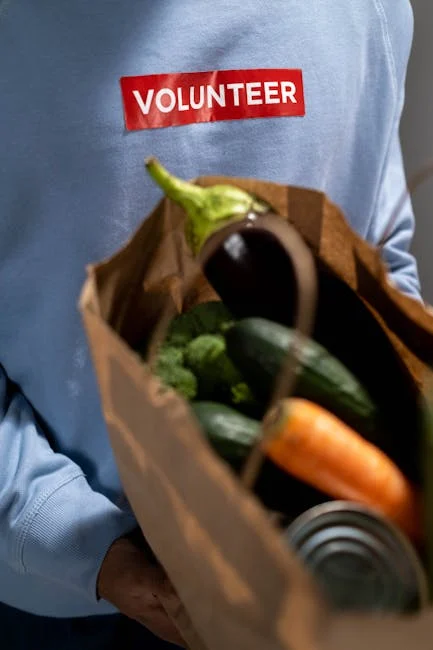Introduction
In today’s world, we are constantly bombarded with environmental toxins, many of which mimic estrogen in our bodies. These xenoestrogens, or environmental estrogens, can disrupt hormone balance and potentially contribute to a range of health issues. Processed foods are a significant source of these unwanted compounds. Exploring a Paleo lifestyle might offer a pathway to reducing your exposure.
Paleo Diet and Environmental Estrogens
Understanding Environmental Estrogens
Environmental estrogens are chemicals that mimic the effects of estrogen in the body. They can bind to estrogen receptors, potentially interfering with normal hormonal functions. Common sources include:
- Plastics (especially BPA and phthalates)
- Pesticides and herbicides
- Certain food additives
- Personal care products
How Processed Foods Contribute to Xenoestrogen Exposure
Processed foods are often packaged in plastics containing BPA and phthalates, which can leach into the food. The manufacturing process may also involve the use of pesticides and other chemicals that contaminate the ingredients. Furthermore, many processed foods contain additives and preservatives that may also have estrogenic effects.
The Paleo Advantage: Minimizing Processed Food Intake
The Paleo diet emphasizes whole, unprocessed foods such as:
- Lean meats
- Fish
- Fruits
- Vegetables
- Nuts and seeds
By focusing on these foods, the Paleo diet inherently reduces your exposure to environmental estrogens in several ways:
- Reduced Plastic Exposure: Paleo encourages cooking from scratch with fresh ingredients, minimizing reliance on pre-packaged, processed foods.
- Organic Emphasis: Many Paleo followers prioritize organic produce and grass-fed meats, further reducing exposure to pesticides and hormones.
- Elimination of Additives: Processed foods are filled with artificial flavors, colors, and preservatives. The Paleo diet’s avoidance of these eliminates a potential source of xenoestrogens.
Beyond Food: Complementary Paleo Lifestyle Choices
Adopting a Paleo lifestyle can extend beyond just diet. Consider these additional steps to further reduce xenoestrogen exposure:
- Choose Glass or Stainless Steel Containers: Avoid storing food in plastic.
- Filter Your Water: Use a water filter to remove potential contaminants.
- Opt for Natural Personal Care Products: Many conventional products contain harmful chemicals. Choose natural alternatives.
- Support Organic Farming: By buying organic, you encourage sustainable agricultural practices.
Conclusion
Minimizing exposure to environmental estrogens is crucial for overall health and hormonal balance. The Paleo diet, with its focus on whole, unprocessed foods, offers a valuable strategy for reducing xenoestrogen intake from processed foods. By combining a Paleo diet with conscious lifestyle choices, you can create a healthier and less toxic environment for your body.
